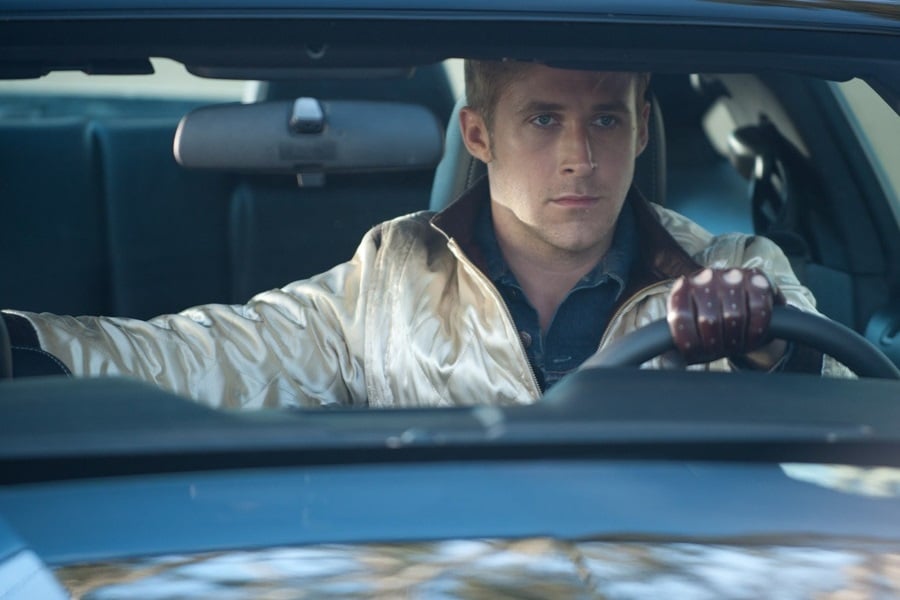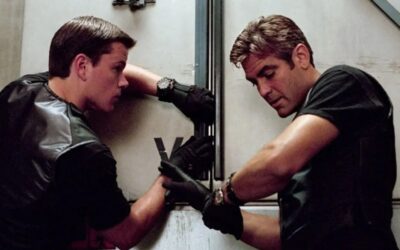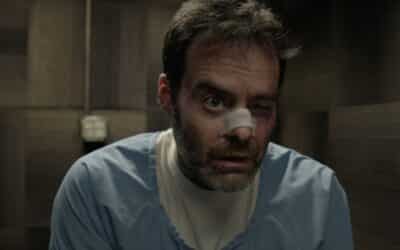
Getaway Drivers
The getaway driver: a role shrouded in mystery and saturated with a cool factor that’s off the charts. When the heist is all said and done, when the loot is clutched in the hands of the crooks, it’s the driver who turns the key, steps on the gas, and etches the escapade into the annals of infamy or ignominy. Hollywood has romanticized them, novelists have deified them, and history, on occasion, has confirmed their existence beyond the page and the screen.
This slice of the criminal hierarchy has intrigued the public for decades. Who are these kings and queens of the getaway, the silent partners in the dance of the modern-day heist?
Let’s shift gears back to the early days of organized crime, where the rumble of a Ford V8 was the herald of the notorious John Dillinger and his gang. Dillinger, with the help of his loyal driver, turned bank jobs into an art form in the 1930s. The cunning required to ditch the G-Men, time and again, became the stuff of legend. The ghostly skill to disappear into the urban sprawl or the countryside was attributed to the man behind the wheel – the maestro of the escape route.
Fast forward to a different kind of literature where pen meets pedal, and the criminal becomes the protagonist. Take Doc McCoy in “The Getaway,” a novel by Jim Thompson adapted into a film in 1972 and then again in 1994. McCoy’s methodical approach to the getaway is a heart-pounding read that translates into a grip-your-seat viewing experience. This is the driver as a professional, a man whose skills are as finely tuned as the engine he commands.
Diving into the glossy sheen of Hollywood’s take on the getaway driver, few can forget Steve McQueen’s cool, calculating demeanor in the 1968 classic “Bullitt.” While not a heist film per se, the image of McQueen’s Lieutenant Frank Bullitt tearing up the streets of San Francisco in a 1968 Ford Mustang 390 GT became a touchstone for the getaway driver aesthetic. It’s all about the stoic focus, the nearly preternatural control of machine, as the urban landscape blurs into a tunnel of concentration.
But if Bullitt set the tone, it was “The Driver” from 1978 that offered a character study of the getaway driver as an enigmatic loner. Ryan O’Neal’s portrayal of the unnamed Driver is a masterclass in minimalism. The film strips away the flamboyance and leaves viewers with the purity of pursuit, the cat-and-mouse game where the driver’s intellect is as crucial as his driving prowess.
Perhaps the zenith of the getaway driver’s romanticism came with Nicolas Winding Refn’s “Drive” in 2011. The film, an adaption of James Sallis’s 2005 novel, features Ryan Gosling as the Driver, a stuntman and mechanic who moonlights as a getaway wheelman. The film’s blend of synth-pop aesthetics with tense, laconic scenes captures the paradox of the getaway driver’s existence: silence amidst chaos, stillness at breakneck speeds.
Yet, for all the glorification, the true essence of the getaway driver is best captured when the veil is pulled back, and the gritty reality is exposed. No one did this better than Michael Mann in “Heat” (1995). The character of Neil McCauley, portrayed with icy precision by Robert De Niro, orchestrates his exits with the help of a seasoned driver. The heists are clockwork, the escapes are calculated, and the streets of Los Angeles become a grand chessboard where every move is critical.
The female getaway driver also roars to life in Quentin Tarantino’s “Death Proof” (2007). Stuntwoman Zoë Bell plays herself, hanging onto the hood of a speeding car in a visceral display of vehicular ballet. While not a heist film, it’s a subversion of the trope, a celebration of the chase for the sake of the chase, the love of the drive over the destination or the loot.
Steering away from the silver screen, literature has had its share of drivers who could make their tires sing. In “The Wheelman” by Duane Swierczynski, a professional thief named Lennon navigates the treacherous streets of Philadelphia after a heist gone awry. The novel is a love letter to those who view the cityscape as a labyrinth to be mastered, where each alley and avenue is a potential route to freedom or a dead end.
And who could forge the lighthearted yet razor-sharp Elmore Leonard, whose “Rum Punch,” adapted into “Jackie Brown” by Tarantino, brings a touch of the laid-back to the getaway scene. Here, the driving is as much about wit and guile as it is about horsepower and handling. Leonard’s world is one where the getaway is as much mental as it is physical.
Of course, no discussion of great escape artists would be complete without a nod to the true stories, the rare occasions when life imitates art with a precision that defies belief. Consider the infamous 1972 Baker Street robbery in London, which inspired the film “The Bank Job” (2008). The thieves and their driver navigated the streets of London with a loot of cash and jewels, disappearing into the fog of history, their driver’s identity a secret as closely guarded as the contents of the safe deposit boxes they plundered.
Across the pond, the 1997 North Hollywood shootout became a notorious chapter in crime history. Here, the planned escape route was foiled, and the would-be drivers ended up in a hail of gunfire instead of the usual clean getaway. The botched exit served as a stark reminder of the role’s inherent risk and the thin line between a successful heist and a tragic end.
The reality for most professional criminals is often far less glamorous than the silver screen or the pulpy pages of a thriller might suggest. The world of the getaway driver is not one to be idolized or aspired to. It is fraught with danger, moral ambiguity, and often, a dead-end road. But it’s precisely this blend of allure and danger, reality and myth, that continues to captivate.
These drivers, real and fictional, are bound by the same unspoken code: the job comes first, the escape is everything, and when the dust settles, the ride always ends. Whether etched in the pages of a gritty novel or captured in the celluloid sheen of a feature film, the figure of the getaway driver remains an enigmatic emblem of the crime genre. Their legacy is woven into the fabric of popular culture, a thread that spells out a stark narrative: sometimes, the most compelling stories are not about the heist itself, but the escape that follows.
More Crime Features
Creative Ways to Commit a Crime
Creative Crimes in Thrillers
Crime Thriller Setting
Why Is Setting Important in a Crime Thriller?
Killers for Hire
The best killers for hire in fiction



